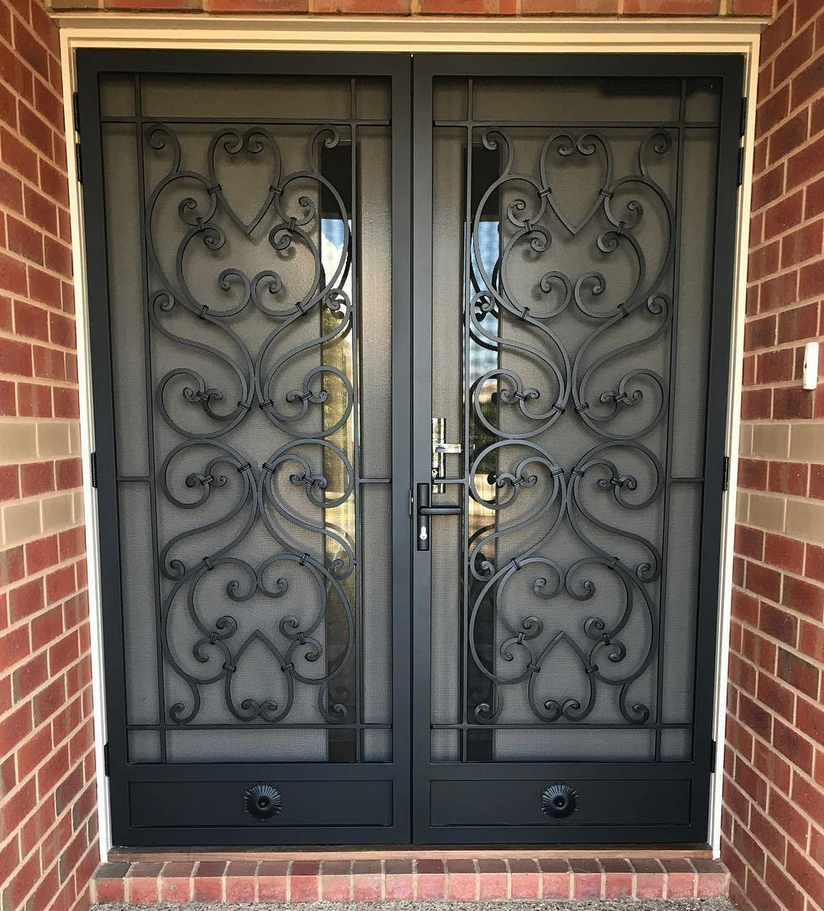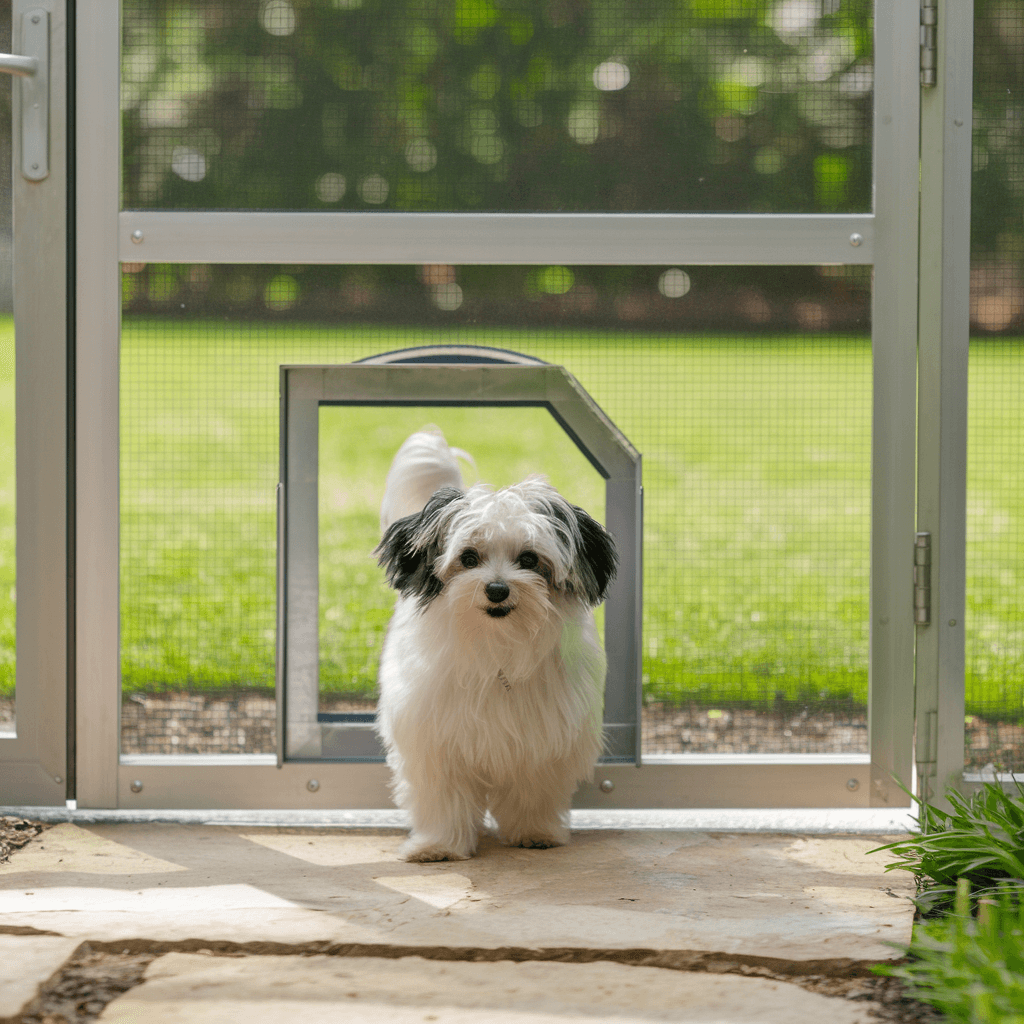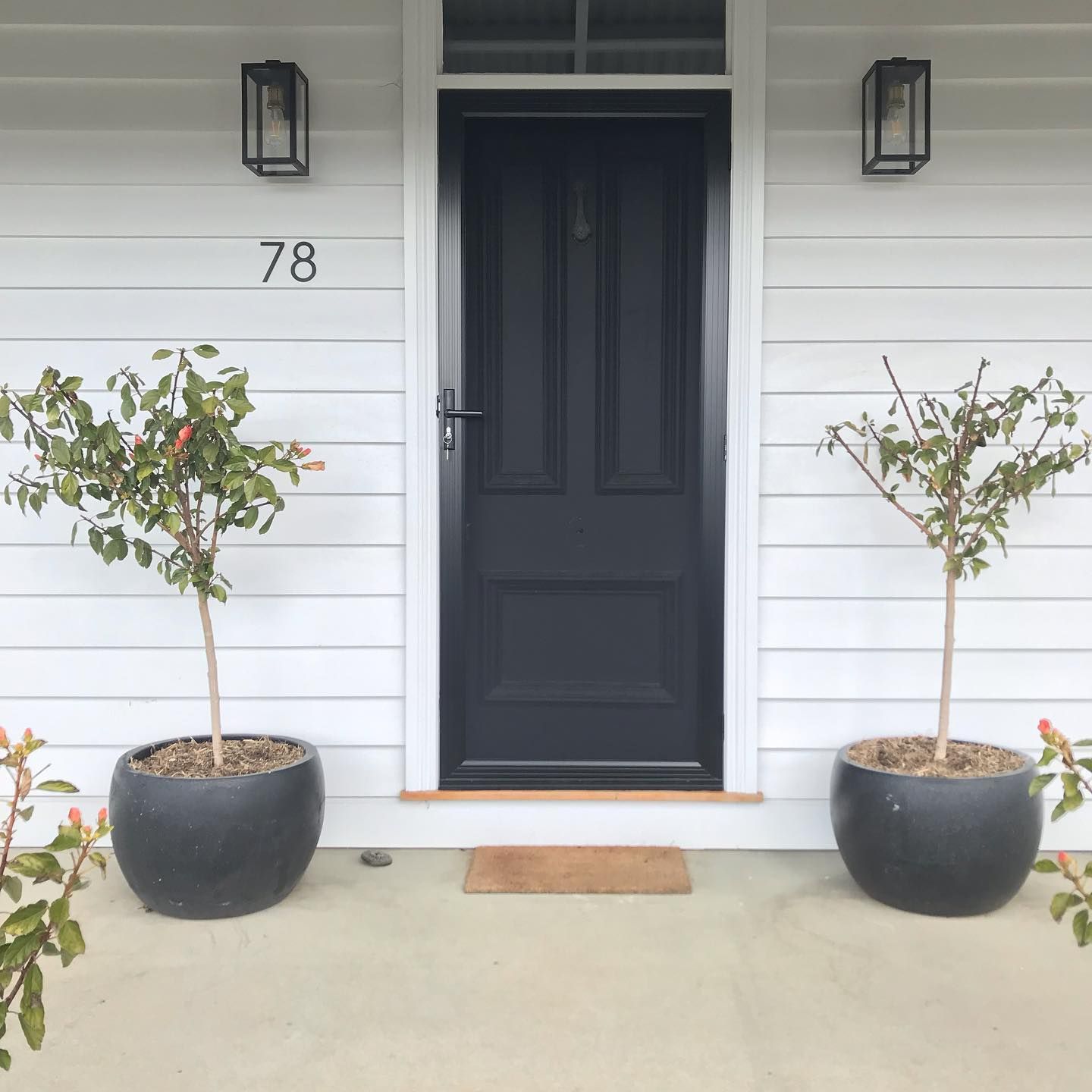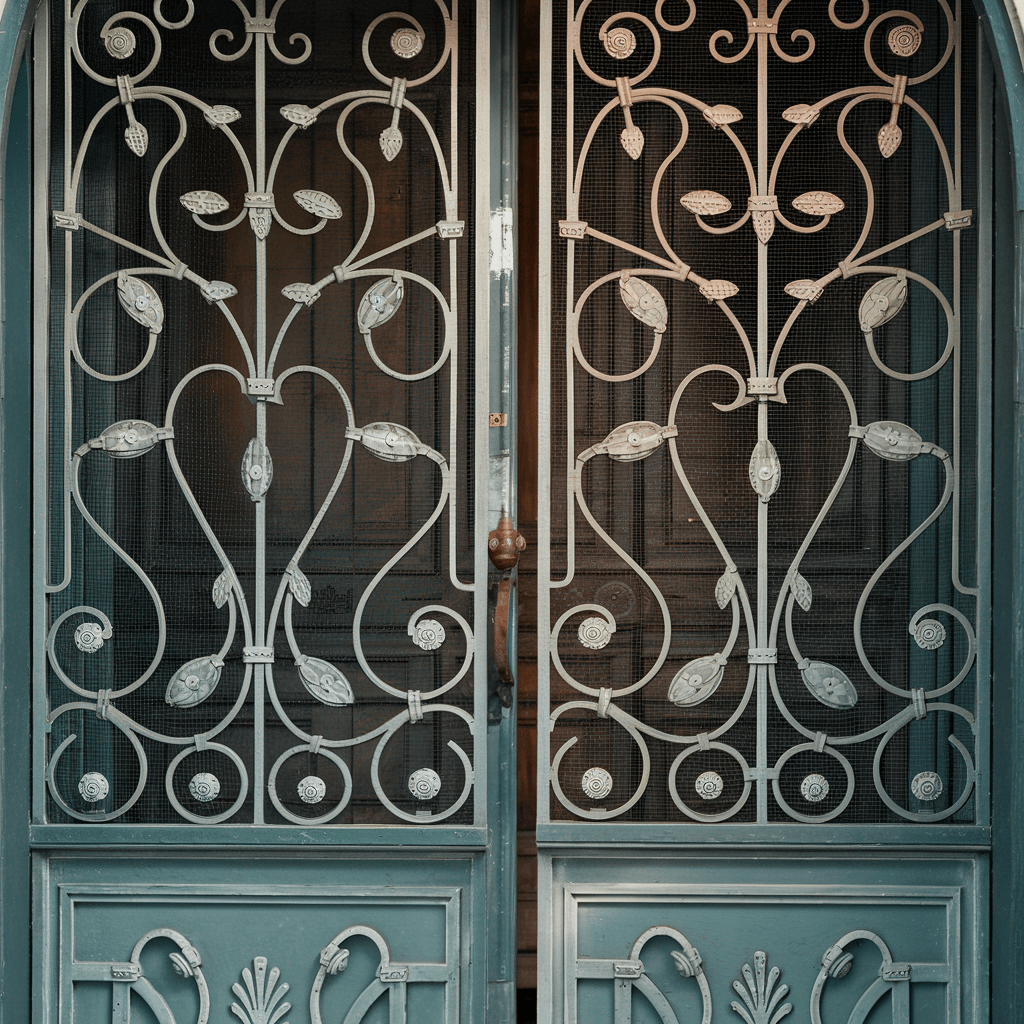Forced Entry Prevention: Security Doors Tested Against Break-In Attempts
Share This Article
Most Melbourne break-ins happen through doors and windows, with intruders using surprisingly simple methods to gain entry. In fact, Victoria Police statistics show that nearly 70% of residential burglaries involve forced entry through a door or adjacent window.
This makes your choice of security doors one of the most critical decisions for protecting your home and family.The right security door can be the difference between a failed break-in attempt and a traumatic home invasion.
But how do you know which security doors actually prevent forced entry?
The answer lies in rigorous testing that simulates real-world break-in attempts. Security doors that withstand these tests offer proven protection rather than just a false sense of security.

Real-World Testing Reveals What Really Stops Intruders
Not all security doors provide the same level of protection. To help you make informed decisions, we put security doors through rigorous real-world testing that simulates common break-in techniques.
The Most Common Break-In Methods in Melbourne Suburbs
Based on Victoria Police reports and our experience throughout Melbourne's northern suburbs, intruders typically attempt entry using:
- Kicking - Forceful kicks aimed at the lock area or lower door panel
- Jemmying - Using a crowbar or similar tool to pry open the door edge
- Tool attacks - Attempting to cut through door materials with hand tools
- Lock manipulation - Picking or tampering with lock mechanisms
Our testing protocol subjects security doors to these exact methods, performed by security professionals using the same techniques as real intruders.
What Happens in Professional Security Door Testing
Professional-grade security doors undergo several standardised tests:
Dynamic Impact Testing
This test simulates a forceful kick or body slam against the door:
- A heavy pendulum strikes the door at specific points
- Multiple impacts assess the door's resistance to repeated kicks
- Different impact points target vulnerable areas including locks and hinges
A resident from Echuca told us: "I heard someone trying to kick in my neighbour's door last year. After getting security doors installed, I sleep easier knowing they've been tested against exactly this type of attack."
Jemmy Attack Resistance
This test measures how well a door withstands prying attempts:
- Test operators use actual crowbars and pry bars
- Controlled force is applied to the door edge, lock area, and hinge side
- Time required to create an opening is carefully measured
Tool Attack Testing
These tests challenge the door's material integrity:
- Common household tools like hammers, screwdrivers and chisels
- Battery-powered drills and hand saws
- Professional cutting tools
Security doors that pass these tests demonstrate meaningful resistance against actual break-in techniques, not just theoretical protection.
Security Ratings Explained: What Melbourne Homeowners Need to Know
Australian security doors are rated according to Australian Standards, with different levels indicating protection strength:
- Basic security - Offers fundamental protection against opportunistic attempts
- Enhanced security - Resists sustained attacks with basic tools
- Superior security - Withstands extended attacks with power tools
For most Melbourne suburban homes, enhanced security doors provide the optimal balance between protection and cost. However, homes in higher-risk areas may benefit from superior-rated options.
The Critical Security Features That Actually Work
Our testing shows these specific features make the biggest difference in preventing forced entry:
Anti-Jemmy Design
The most effective security doors include:
- Multi-point locking systems that secure the door at multiple locations
- Anti-lever pins on the hinge side
- Reinforced edge strips that prevent pry bar insertion
Material Strength
The door's physical construction matters significantly:
- Steel frames with welded (not screwed) corners
- Mesh that exceeds knife-shear testing standards
- Correctly tensioned mesh that absorbs impact without separating from the frame
Lock Protection
The lock area remains a critical vulnerability on any door:
- Look for doors with reinforced lock boxes
- Protective plates that prevent drill access to lock mechanisms
- Pick-resistant lock cylinders with restricted key systems
Installation Matters: How Poor Installation Undermines Good Doors
Even the strongest door fails if incorrectly installed. Professional installation ensures:
- Proper anchoring into structural elements, not just trim
- Correct spacing that prevents leveraging tools
- Appropriate reinforcement of the surrounding frame
- Properly tensioned hinges and correct alignment
"After comparing DIY options, I chose professional installation," explains a homeowner from Epping. "The installer identified weaknesses in my door frame I would have missed completely."
The Peace of Mind Difference
Beyond physical security, properly tested security doors provide genuine peace of mind:
- Confidence when home alone, especially at night
- Security when opening doors to unexpected visitors
- The ability to leave windows and doors open for ventilation
- Reduced anxiety when travelling away from home
Making the Right Choice for Your Melbourne Home
When selecting security doors to protect against break-in attempts:
- Ask for evidence of testing against specific break-in methods
- Verify Australian Standards certification
- Consider your specific neighbourhood risk profile
- Ensure professional installation by experienced technicians
- Look for comprehensive warranties that cover security performance
The Bottom Line on Break-In Prevention
Tested security doors significantly reduce your risk of home invasion. The right door, professionally installed, creates a formidable barrier that most intruders will simply avoid, moving on to easier targets.
Ready to strengthen your home's first line of defence? Contact us on 0418 887 781 for a security assessment that addresses your specific concerns.



